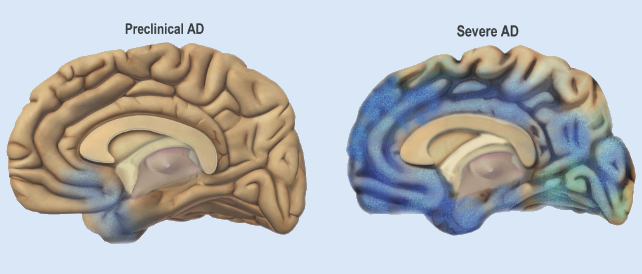ARTICLE AD
It's not unusual for animals like bears to build their body mass in the lead-up to winter, stockpiling fat while dialing down their metabolism to endure the lean times ahead.
With a life-expectancy of barely a year, the poor ol' Eurasian common shrew (Sorex araneus) has no desire to waste precious months catching Zs beneath the snow drifts. It instead evolved a very different strategy to survive the dark, cold days, shrinking its fuel-chugging organs in order to conserve what few reserves it may have at hand.
Named 'Dehnel's phenomenon' after Polish zoologist August Dehnel, this shrewd trick for survival can cause the tiny 5 to 12 gram (0.2 to 0.4 ounce) mammal to shed up to 18 percent of its weight as the temperature drops – a shocking reduction that includes more than a quarter of its brain's mass – only to regrow its lost tissues the following spring.
Now researchers from the US, Germany, and Denmark have pinpointed a number of genes responsible for the phenomenon, identifying intriguing links with genetic changes in humans implicated in a variety of health conditions, including Alzheimer's disease.
 Spread of Alzheimer's disease in humans with severe forms of the condition. (National Institute on Aging, National Institutes of Health)
Spread of Alzheimer's disease in humans with severe forms of the condition. (National Institute on Aging, National Institutes of Health)The new findings come just a year after the same researchers listed a number of metabolic shifts in the shrew's liver, cerebral cortex, and hippocampus that accompany the seasonal shrinkage, findings they argued could have implications for treating neurological diseases in humans.
In this follow-up study, the team sought to better understand the evolution of Dehnel's phenomenon by comparing expressions of genes in the hypothalami of the shrew to those of 15 other species of mammal from across a range of mammalian orders.
The hypothalamus plays an important role in the regulation of metabolism in animals, making changes in its activity in response to seasonal shifts a prime target for study. Using existing datasets, the team identified hundreds of genes which were both upregulated in shrews and had corresponding versions expressed in the brains of a number of other mammals, including other shrews, rodents, and primates.
"We generated a unique data set, with which we were able to compare the shrew hypothalamus across seasons and species," says one of the study's lead scientists, evolutionary biologist William Thomas from Stony Brook University in the US.
"We found a suite of genes that change across the seasons involved in the regulation of energy homeostasis, as well as genes that regulate cell death that we propose may be associated with reductions in brain size."
Shrew genes that changed expression with the seasons included several with roles governing calcium signaling in the barrier between the circulatory system and the brain, hinting at adaptations that open channels into the hypothalamus and supercharge the area's ability to respond rapidly to environmental change.
A sequence that stood out in comparisons of gene regulation in autumn and spring was BCL2L1, a sequence thought to play a role in managing the destruction of individual cells.
Comparing the effects of intact and scrambled RNA transcripts of the gene on a culture of ferret brain cells confirmed suspicions, contributing to a complex picture of signaling and cell death that pruned the brain back in response to seasonal change.
Comparing the regulated sequences with similar genes across different species of mammal, the team identified five genes that they now consider to be important in the shrew's evolution of Dehnel's phenomenon. These included a gene that recycles membrane proteins, another that mediates the functions of synapse membranes in nerve cells, and one linked with obesity and Alzheimer's disease in humans.
Given the shrew's live-fast-die-young approach to life, the sacrifice of neurons in order to preserve a rapidly-draining battery is likely to pay off. In our own species, similar changes would come at a deadly cost.
Ongoing medical research is increasingly finding significant overlap between a breakdown in metabolism and neurodegenerative disease, suggesting further investigation into the shrew's knack for deliberately shrinking its brain could deliver deeper insights into the diagnosis and treatment of cognitive decline.
This research was published in eLife.

 14 hours ago
7
14 hours ago
7 

